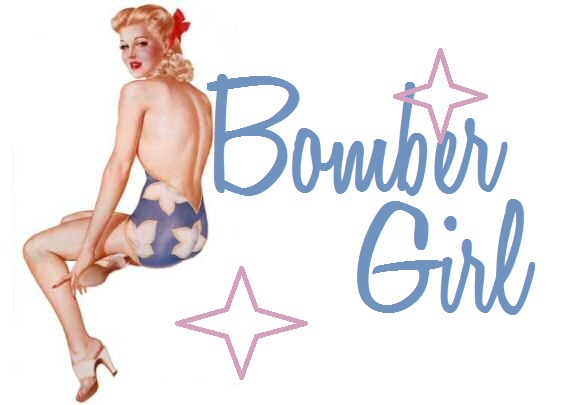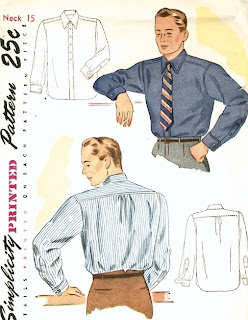Rewind, Saturday. We help future inlaws clean out attic of the house they are putting up for sale. Doesn't sound too bad except for the fact that we are in Georgia in the middle of a heat wave and the attic has no air conditioning. So we spent all day working in a 115 degree (no joke) attic. All we were really doing was getting out Mr. Fiance's things from when he was a child so that they could be sorted or tossed. Mr. Fiance worked on attic removal and I was on bring-things-downstairs duty.
It worked out pretty well for us except for the fact that we were both a little ill at the end of the day. He from mild dehydration--we kept a supply of water up there for him, but he just couldn't drink it faster than he was sweating in that heat --and I from constant temperature changes as I went up and down the stairs all day.
Mr. Fiance's father, or as I will now call him Mr. Fiance Sr. was a riot and kept our spirits up. I've gotten so lucky as far as inlaws go. I get along so well with my soon to be dad-in-law and my soon to be mum-in-law is my shopping buddy already. In any case Mr. Fiance Sr. was more than happy to explain every strange object we came across from Mr. Fiance's childhood included a strange game involving winding a plastic dog's tail and plastic ticks. I didn't get it either.
At some point during the day we discovered some old book cases that Mr. Fiance senior said we could have if we wanted them. We wanted them. Only problem? The movers could only transport them on Tuesday and the only room they would fit in happened to be the unpainted guest room. These things are heavy has heck and they screw into the wall so once they were in they would be in forever. That gave me Monday to paint since Sunday was already dedicated to more sorting.
Let me tell you how much I like to paint rooms in one word - meh. I don't dislike it, but it's a lot of work and I am not a fan of paint fumes. We tried using low VOC paint in a few of the rooms in our house, but the coverage was pretty poor and it tended to dry too quickly. On top of that there is a very limited color selection. So we decided to go back to regular old house paint for the time being. If we decide to have kids sometime soon of course we'll use the VOC free stuff again, but seeing as we're not planning on that for years I should have the whole house painted in time.
Anywho I'm not a huge fan of painting. Paint fumes aside I think mostly because I did it so often when I was working in exhibitions at a photography museum. When you have to repaint a giant gallery space every two months or so the charm really wears off. That leads to a lot of procrastination on my part. I have meant to paint the guest room ever since I moved into the house, but never really had a reason to. Well now I certainly had one. So let me tell you how Monday went.
8:30am: Drive to hardware store. Buy Paint.
Luckily I had the color picked out already so I didn't have to worry about that. I went with a lovely color called "Nutmeg" which was not the color of nutmeg, but it was still a lovely shade of chocolate brown.
9:30am: Drive home to this room which is currently full of wedding decor and junk.
I was a little embarrassed to show these pictures, but I wanted you to know what I was up against. Our house has been in a constant state of construction lately and things seem to get moved from room to room if they don't have homes yet. As evidence I moved pretty much everything that was here sans towels and put them in the dining room.
10:30am: Finish cleaning room and vacuum floors.
This blanket is my pride and joy. Seriously, I would go back into a burning building for this thing. I knit it my senior year of college while completing my thesis. I literally finished sewing in the ends of this blanket the day of my graduation. It took me six months to make this thing and it is my favorite knit blanket by far.
10:45am: Move my nemesis.
I hate this TV. It serves no purpose other than taking up space. It can't play DVDs without routing it through a VCR because it only has a cable jack connector on the back. It's not super heavy, but it's big and bulky and a pain in the butt to lift. The terrible thing is that this is the nicest TV we have in the house, but I still hate you 1990s TV.
11:45am: Try to move bed, find it too heavy. Remove mattress. Move furniture.
This is the infamous "Tornado Hiding Under" mattress. It is really bendy and not fun to move by oneself when one is a 100lb 5' tall girl. To me it weighs a ton, but at least it's only a full so it was manageable.
If you don't have these things you need to get them. Fantastic invention. I didn't have to disassemble the bed frame or anything. Sweet.
Moved IKEA dresser and weird side table that totally doesn't match the decor, but whatever. We're a young couple. We're excused.
12:00pm: Move all tarps from upstairs office that we just finished painting last week to downstairs. Jury rig them to fit over the bed so I don't have to remove it from the room. Selectively add painters tape.
3:00pm: Take small drink break for a diet coke. Let paint dry 10 minutes.
4:30pm: Finish the cutting in.
The room has a window and three door frames to paint around.. It took me a long freaking time to finish.
5:30pm: Finish applying first coat of paint.
Looks pretty good, but definitely showed the problems with the builder's painting job. There were three different types of paint on one wall. One type took way longer for the brown to dry over. Then there were the dried paint drips and blobs, the poor execution of said paint job, and the fact that the ceiling is higher in some parts of the room than others. Thanks for a quality job builder guys.
Afterwards I finally took a lunch break and ate for the first time that day. I don't remember what I had, but I'm sure it was good. I think it might have been an entire tub of coconut milk yogurt mixed with frozen cherries and flaxmeal.
7:30pm: FINALLY finish the stupid painting. Take shower. Not totally sure how I managed to get paint all up the back of one of my arms, but at least the latex paint comes off pretty easily in the shower.
Next day: Get book cases at 8am in the morning. They look sweet.
Pat self on back, vow to do no work for the next three days.


































































